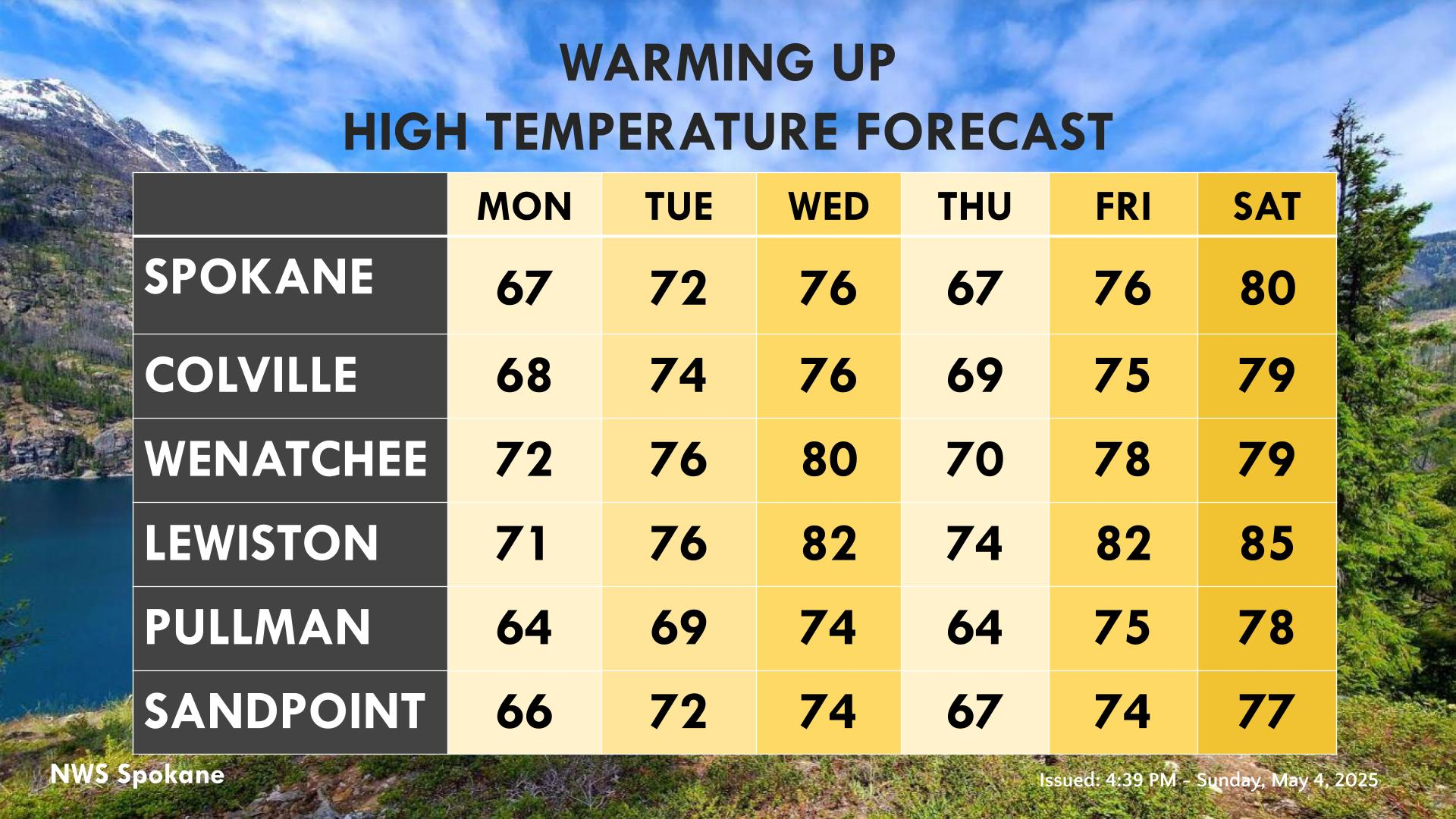
Active spring pattern across the center of our nation with several episodes of severe weather and heavy rainfall expected into next week. The potential for very large hail, long track tornadoes, severe wind gusts, frequent cloud to ground lightning strikes and flash flooding are in the outlook. Furthermore, dangerous early season heat wave continues for the Gulf Coast states into early next week. Read More >
Last Map Update: Tue, Jul 1, 2025 at 6:30:13 pm PDT


|
Text Product Selector (Selected product opens in current window)
|
|